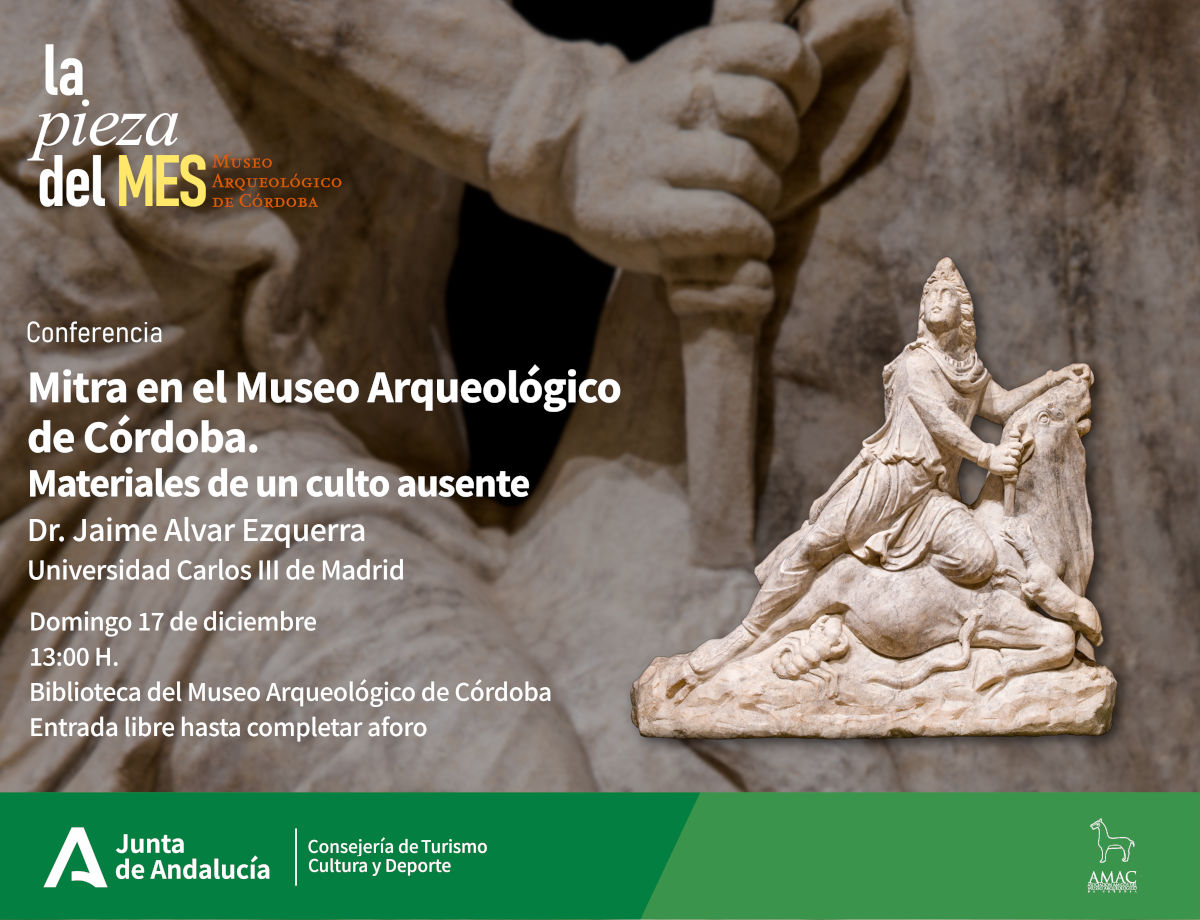Log in to access the full feed of our Acta Diurna.
Community dedicated to the study, disclosure and reenactment of the Mysteries of Mithras since 2004.
Mithras slaying the bull appears as the sign of Capricorn in a zodiacal sequence on the Pórtico del Cordero of the Abbey de Santo Domingo de Silos, Burgos, Spain.
Intervention de Nicolas Amoroso, commissaire de l’exposition Le Mystère de Mithra.
What appears to be a representation of Mithras killing the bull appears in the 12th century frescoes of the Basilica dei Santi Quattro Coronati in Rome.
At least! You can now edit your posts and comments on your Profile / Contribution page.
Have I said Happy Saturnalia yet?
Margaux Bekas, commissaire de l’exposition ’Le mystère Mitrha. Plongée au cœur d’un culte romain’, présente dans cette vidéo les origines du dieu Mithra.
This sculpture of Mithras being born from a rock is unique in the position of the hands.
Le Musée Saint-Raymond de Toulouse recherche un médiateur culturel diplômé en archéologie. Pour en savoir plus : La mairie de Toulouse recrute.

He was a soldier of the Cohors I Belgarum, probably of Dalmatian origin, who dedicated an altar to Mithras in Aufustianis.
Mithras at the Museo Arqueológico de Córdoba by @jaime.alvar. This Sunday for those of you in the area.

Pater and priest of the Fagan Mithtraeum with several monuments to his name.
Roman emperor and philosopher known for his restoration of Hellenistic polytheism.
Keiner der zahlreichen heidnischen Kulte und keine antike Religion hat das Christentum in einer Weise herausgefordert und geprägt, wie der römische Mysterienkult des Sonnen- und Erlösergottes Mithras.
A sixth temple dedicated to Mithras has been identified for the first time in the military sector of the ancient Roman city of Aquincum.
A certain Maximus from the Legio IV Scythica engraved his name in one of the columns of the Mithraeum of Dura Europos.
Danube region can be traced back to the legions that fought under his command in Armenia.
Together with his son, with whom he shares his name, Kastos has dedicated several monuments in Rome to the glory of Zeus Helios Mithras.
Together with his father, Kastos dedicated several monuments in Rome to the glory of Zeus Helios Mithras.
The marble statue of Cautes, found in the Mithraeum of Santa Prisca, was originally a Mercury.
Garlic merchant, probably from Lusitania, who dedicated an altar to Cautes in Tarraconensis.